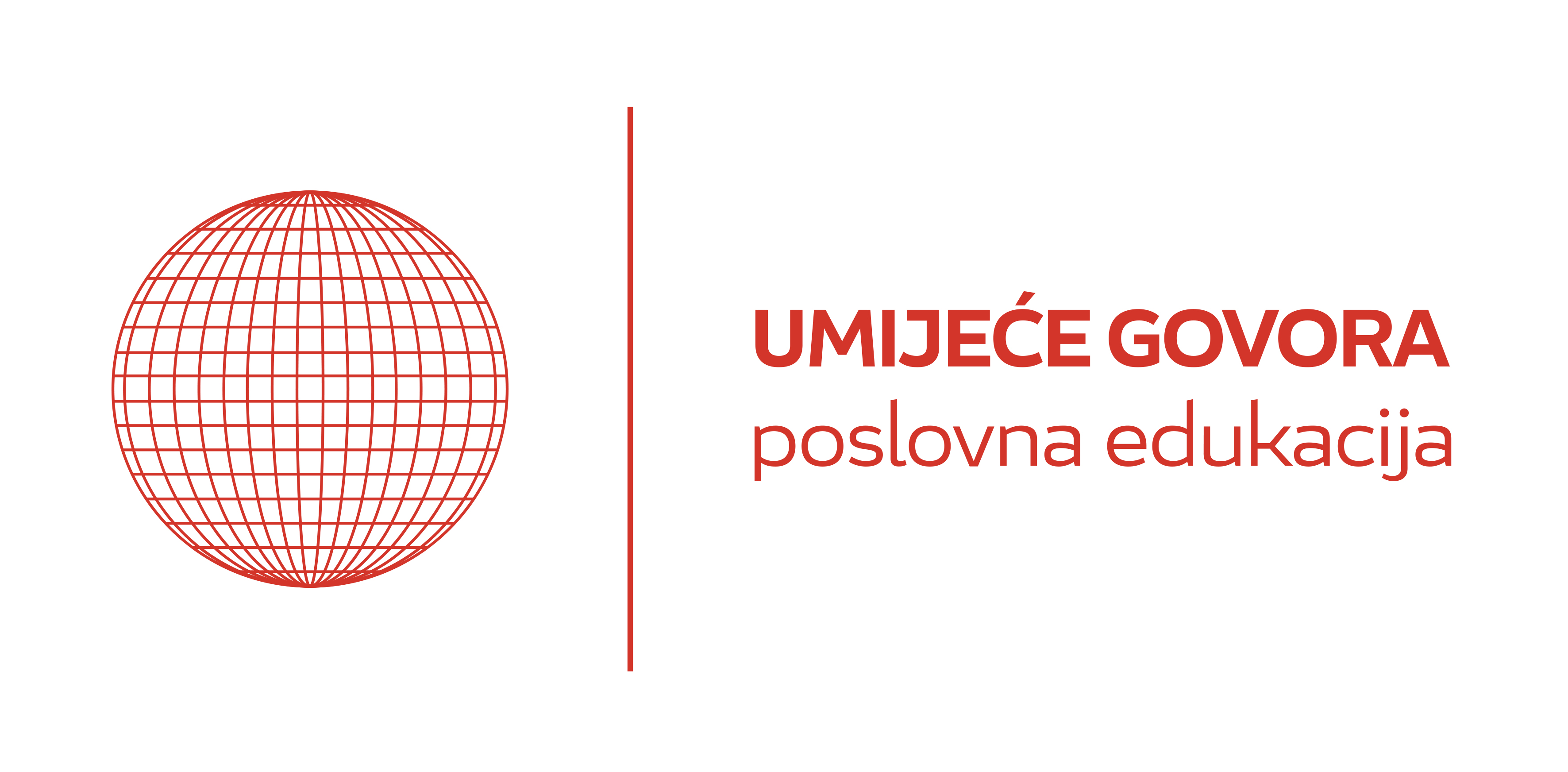Healthy Choice Ethos over Pathos in the Food Industry Advertising
Jagoda Poropat Darrer
Healthy Choice: Ethos over Pathos in Food Industry Advertising
Objavljeno u časopisu Diplomacy and Commerce, travanj 2018. godine
With the growth of the overall advertising industry all over the world, and food system being among largest advertiser in national economies (besides the automotive industry, pharmaceutical and telecommunication industry) this particular column will address the question of prevailing appeals used in advertising campaigns and new consumer behaviors in such an important industry for human health as food industry.
When it comes to the numbers, the advertising industry in Europe, particularly in EU, has experienced growth over the past years. According to statista.com, expenditures rose from roughly 88.84 billion euros in 2011 to almost 100 billion euros in 2015. Especially the online advertising market expanded at an accelerated pace: while advertising spending on online media amounted to 13.6 billion euros in 2009, in 2015 the expenditure had already reached 33.36 billion euros.
The US food system is the second largest advertiser in the American economy (the first being the automotive industry) and is a leading buyer of television, newspaper, magazine, billboard, and radio advertisements. The reasons that the food advertising market is so large is because food captures 12.5% of US consumer spending and so there is vigorous competition, furthermore, food is a repeat-purchase item and consumers’ views can change quickly, and food is one of the most highly branded items, which lends itself to major advertising. Over 80% of US grocery products are branded (Story, French 2004). Advertising spending within the grocery stores industry alone generates over 190 billion U.S. dollars annually and in 2016, the advertising spending for the industry for canned, frozen, and preserved fruits, vegetables and specialty foods amounted to approximately 1.36 billion U.S. dollars.
With new generations changing and creating their own rules in many fields, the mainstream consumer behavior when it comes to food, also changed a lot. According to washingtonpost.com today’s consumers are eating more vegetables and protein, and their reservations about eating frozen foods — long dubbed an unsatisfying diet option or loaded with artificial ingredients — are starting to thaw. Meanwhile, frozen food companies are revamping their products to include more healthful, flavorful options. But, one of frozen foods’ chief attractions has stayed rock solid: convenience.
Thus, the report showed that that the frozen food market has grown for the first time in five years, growing 1 percent in the 12 weeks leading up to March 10. “As millennials seek out nutritious and well-rounded meals without sacrificing convenience, frozen vegetables, fruits and prepared foods present a relatively cheap and easy-access option. That’s true for younger people and families who are less interested in eating out — whether that’s because they’re working from home or having dinner with a side of Netflix”, writes Rachel Siegel for Washington Post.
Balance of persuasive appeals
The purposes of ads are to convince the consumer to act – to buy (and hopefully remain loyal to the brand or product). The first three letters of the famous acronym AIDA (attention, interest, desire and action) lay on well-known three appeals Ethos – Pathos – Logos. Ethos deals with a character of the speaker, its competence, good intention and empathy. The influencing factors, according to european-rhetoric.com for ethos encompass elements such as clothes, vocabulary, slang and other social aspects like rank, popularity, etc. Pathos encompasses the emotional influence on the audience. The aim of pathos is to reduce the audience’s ability to judge. One possibility to achieve this is due to the correct use of figures of speech. Figurative discourse is crucial: figures of speech are the stronghold of the commercial rhetoric – hyperbola, metaphor, metonymy, comparison, and analogy. Logos is the appeal towards logical reason, thus the speaker wants to present an argument that appears to be sound to the audience. It encompasses the content and arguments of the speech.
Research has shown that television advertising of low nutritional value foods have a large influence on the children’s choice of food (Scarborough et al., 2013). The frequency of overweight and overweight children increased in developed countries, from 17% in 1980 to 24% in 2013 (Ng et al., 2014). It is necessary to appeal to the healthy nutritional habits through the advertising. The first World Health Organization (WHO, 2010) recommendations address the necessity of decreasing the impact of commercial in reducing the impact of marketing that promotes food for children with high levels of saturated fats, trans fatty acids, high concentrations of concentrated sugar and salt sources.
There’s an urge to put scientists, nutritionists, dieticians into the food industry commercials, and start to base ads on ethos and logos educating that way new generations to eat well. I can think of one Croatian, advertising the frozen food, with beautiful nutritionist, explaining through facts the benefits of vegetables. Moreover, combining ethos, pathos and logos can create a synergy, which according to Aristotle is the most effective communication.





